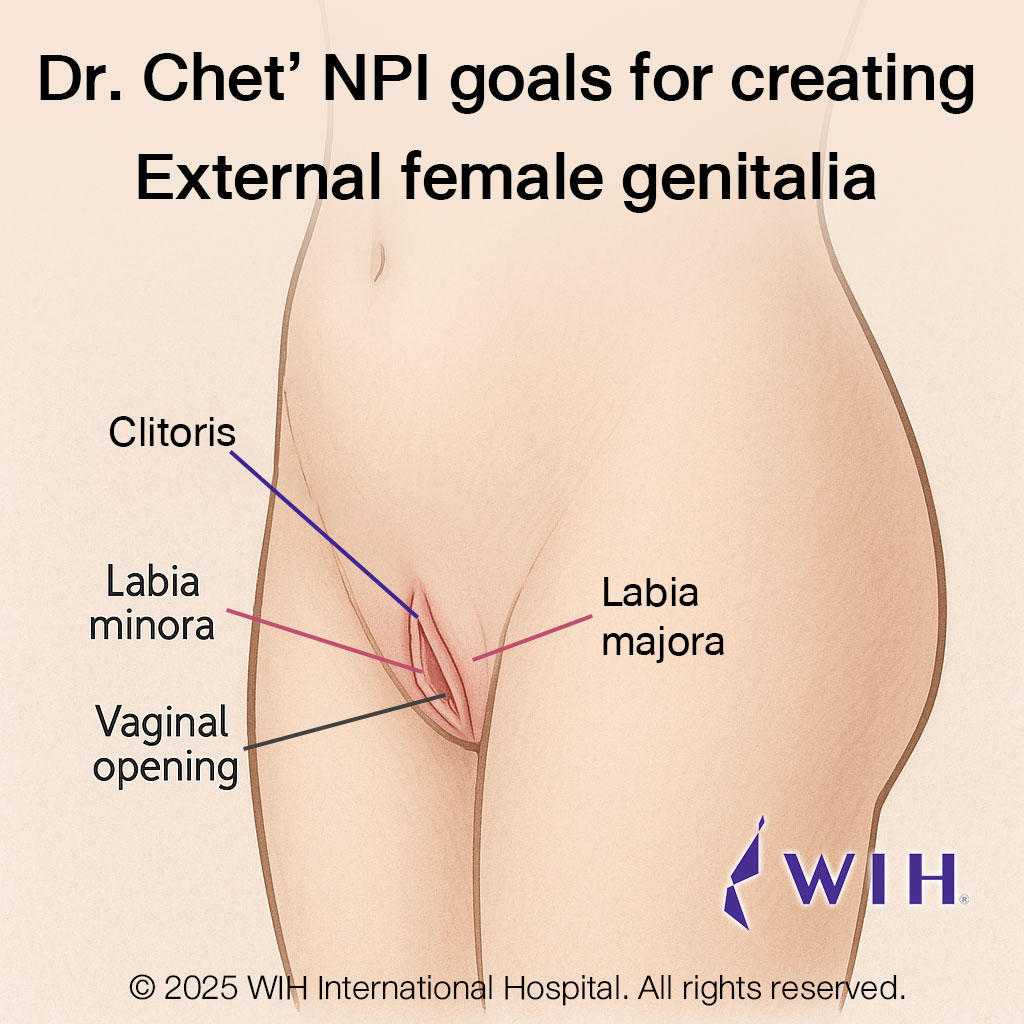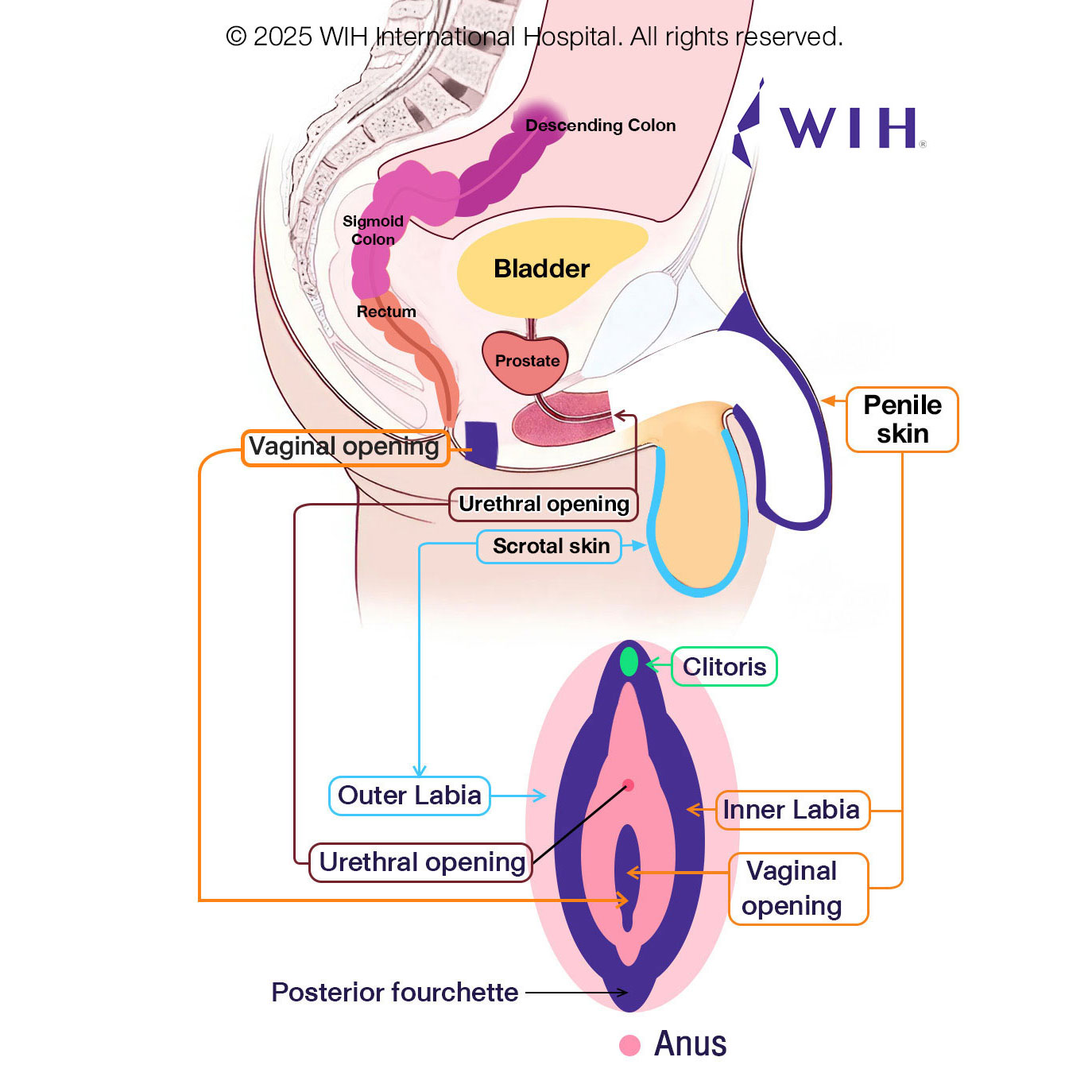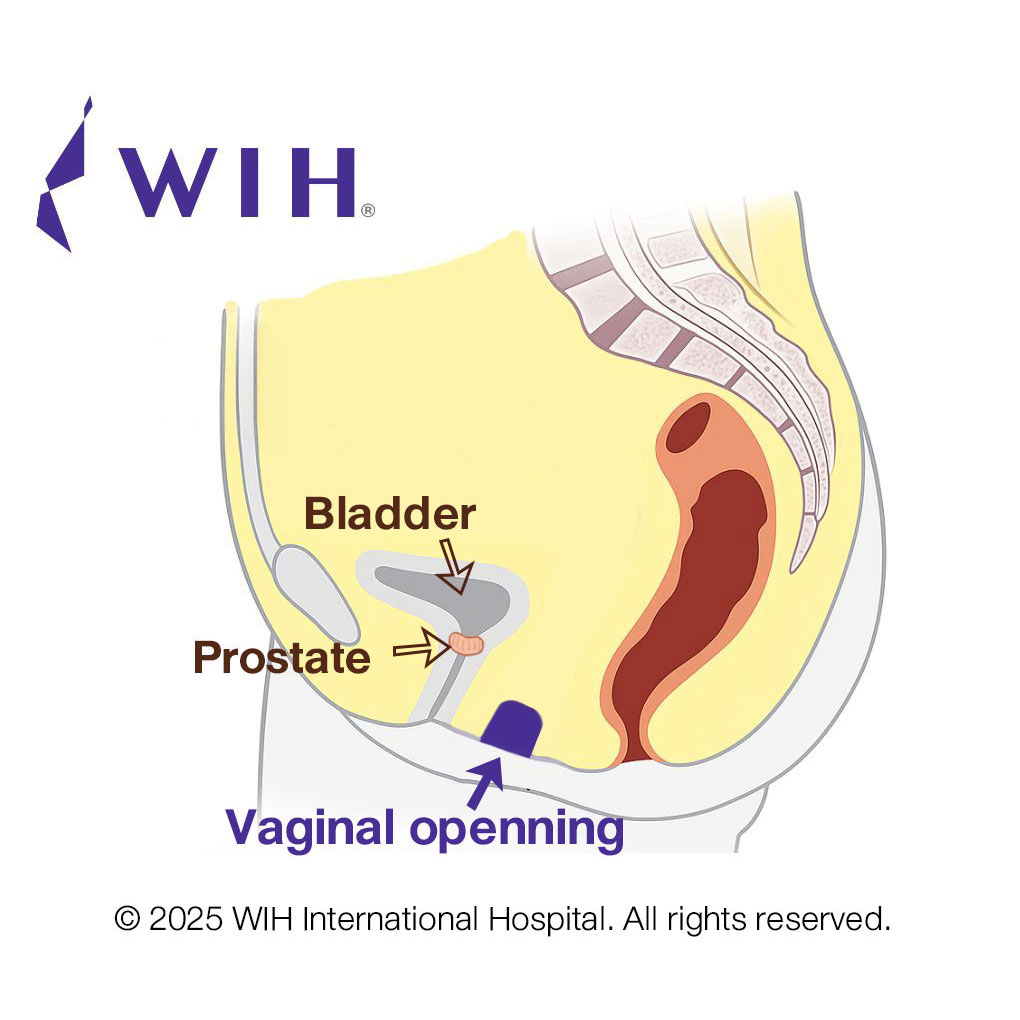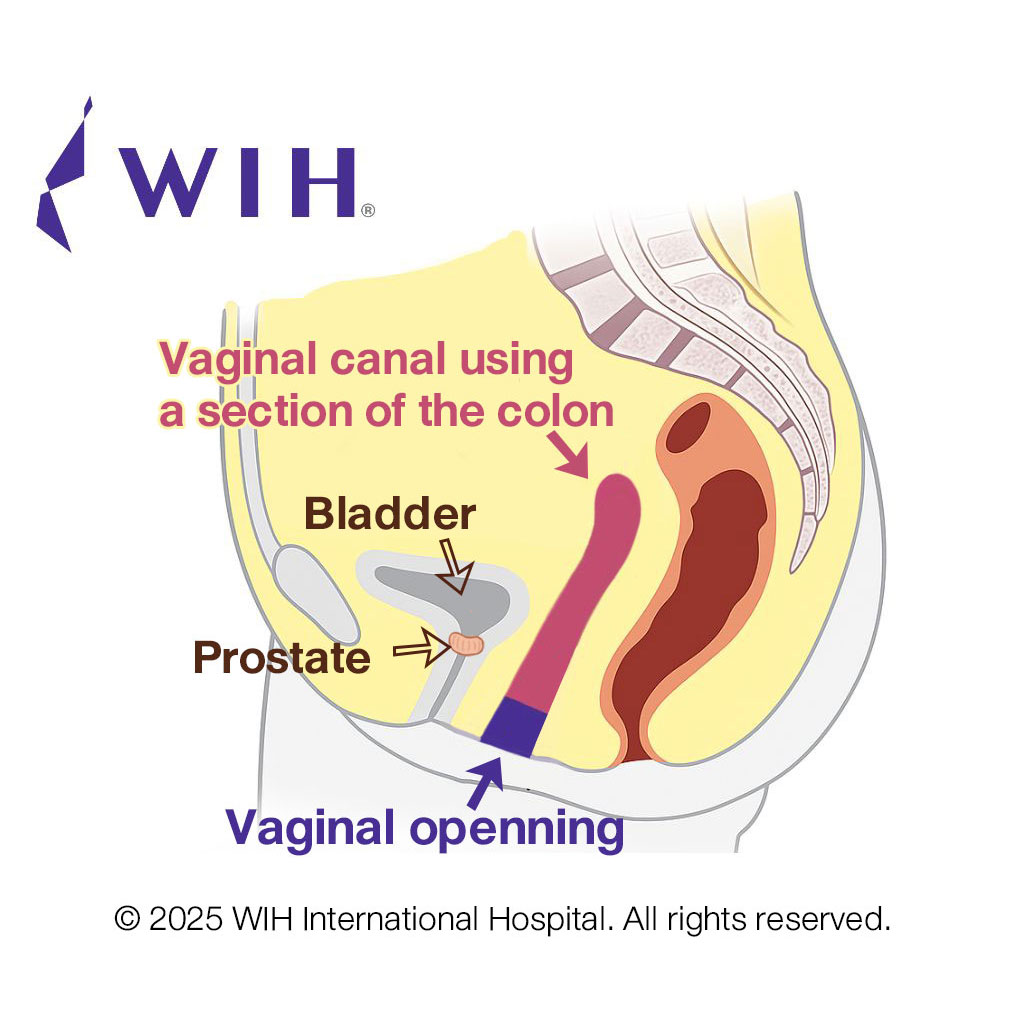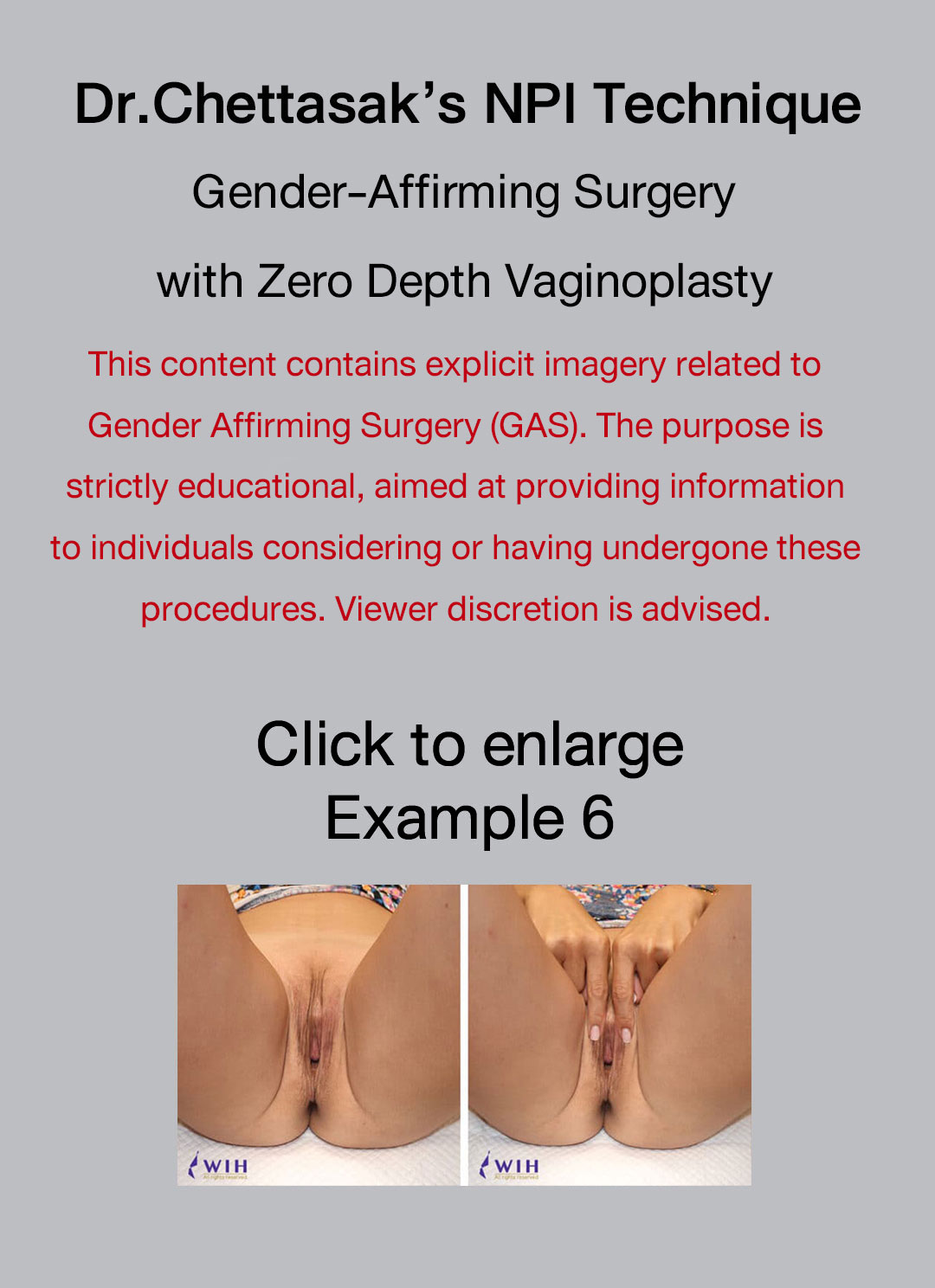What Is Zero Depth Vaginoplasty?
Zero Depth Vaginoplasty is a type of male-to-female (MTF) gender-affirming surgery that focuses entirely on creating beautiful and realistic external female genitalia.
Unlike traditional vaginoplasty, no vaginal canal is constructed, meaning there’s no depth behind the vaginal opening.
Despite the absence of a vaginal canal, patients enjoy:
- A natural-looking vulva with realistic aesthetics
- Preserved clitoral sensation using Chettasak’s signature NPI technique
- A feminine, complete appearance without the need for vaginal dilation or post-op canal care
Why Choose Zero Depth Vaginoplasty?
Patients choose this option for several personal and medical reasons:
1. No Need for Vaginal Penetration
Many transgender women have no desire for vaginal intercourse. In these cases, creating a vaginal canal is unnecessary.
With Dr. Chettasak’s NPI technique, patients achieve highly aesthetic, natural external genitals while retaining full erotic sensation and the ability to experience orgasm.
2. No Dilation or Canal Maintenance
One of the biggest challenges of traditional vaginoplasty is the lifelong dilation routine required to maintain vaginal depth.
With Zero Depth Vaginoplasty, there’s no need for dilation, making recovery easier and aftercare simpler.
3. Shorter Surgery & Lower Surgical Risk
For older patients or those with certain medical conditions, reducing operative time is often a priority.
Skipping the vaginal canal creation step reduces overall surgery time by approximately 30%, lowering risks related to anesthesia and recovery.
How Dr. Chettasak Performs Zero Depth Vaginoplasty
At WIH International Hospital, Dr. Chettasak uses his world-renowned NPI technique to design and sculpt natural external female genitals. The procedure includes:
- Creating a sensate clitoris with preserved nerves
- Shaping inner labia (labia minora) and outer labia (labia majora)
- Forming a realistic vaginal opening (introitus)
Even without a vaginal canal, Dr. Chettasak creates a small pocket behind the vaginal opening — about 3 cm deep — to give a natural visual dimension, making the vulva look identical to that of a cisgender woman.
However, during a medical exam, there is no true canal behind the opening.


